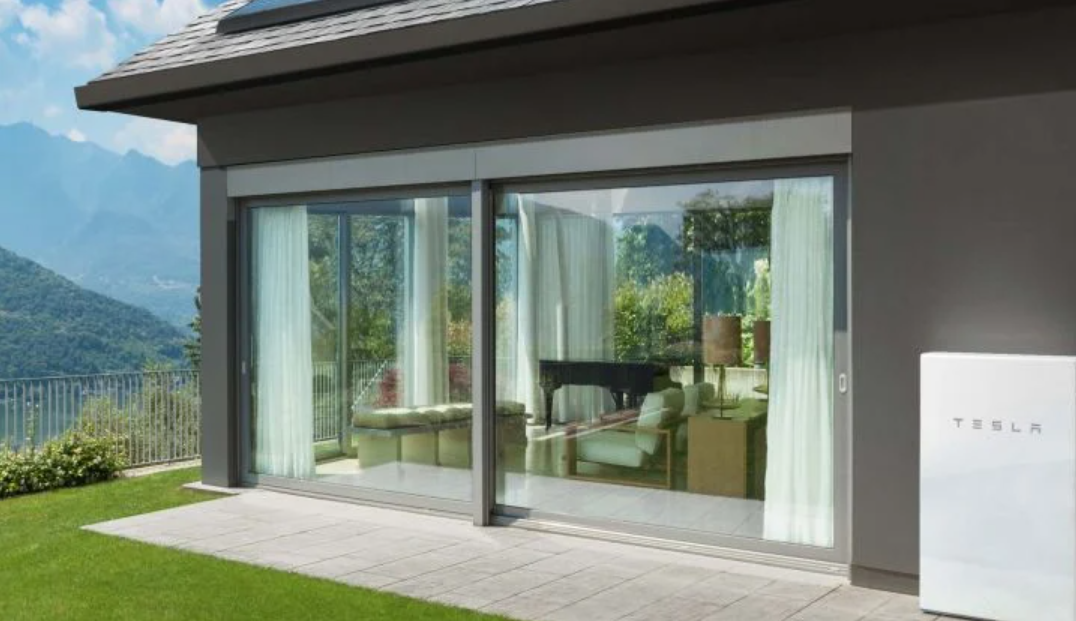From Pilot to Permanent: Green Mountain Power’s Home Battery Network Is Here to Stay
The Vermont utility now controls several thousand Tesla Powerwall batteries sited in customers’ homes. The results have been promising.
Source: Julian Spector · GREENTECH MEDIA · October 16, 2020
Vermont residents can get financial assistance to purchase home batteries.
Utility pilot projects aren’t famous for being standout financial successes. Usually, the goal is to verify a technology in the field before attempting broader deployment. Sometimes nothing follows the pilot.
Vermont utility Green Mountain Power not only verified the efficacy of residential batteries for meeting grid needs, but it also saved its customers millions of dollars with them. Now, that program has been ratified by the state’s Public Utility Commission as a permanent residential storage tariff, which means battery installations — and utility savings — will continue to rise.
At a time when forward-thinking companies are excited to erect networks of distributed batteries at some point in the next few years, Green Mountain Power represents something of an anomaly. It already has not several hundred, but 2,567 utility-controlled Powerwall batteries sitting in customer homes, adding up to around 13 megawatts.
“These things are functioning exactly as or better than we hoped,” said Josh Castonguay, GMP vice president and chief innovation officer. “You’ve got an asset that’s improving reliability for the customer, paying for itself and providing a financial benefit for all of our customers.”
Two routes for homeowners to get batteries
All pilots come to an end, but the battery tariff approved in May ensures this program will continue to grow.
The tariff offers two routes to batteries. A customer can pay the utility $55 per month to lease two Tesla Powerwalls; that covers installation costs and lasts for 10 years. After that, the customer can keep using the battery as long as it functions, and GMP will collect and recycle the equipment when its useful life ends.
For people who want to see what the market has to offer, there’s a “bring your own device” option, in which GMP pays an upfront sum to the customer for buying and connecting a battery. The amount depends on how much capacity the utility is allowed to control, but it goes up to $10,500 (to keep the money, the customer’s battery has to actually show up as promised). Software startup Virtual Peaker manages those batteries on GMP's behalf.
Each program is capped at 5 MW per year, or about 500 customers, a small fraction of the utility’s 266,000 customers (although that total includes businesses, which aren’t part of the program).
In the long term, the program could scale up to reach every home in the area, Castonguay said. Even renters can benefit from it, as long as their landlord agrees.
“My hope is we continue to ramp this up and we’re able to find other value streams to make it cheaper and cheaper,” Castonguay said.
One value GMP is testing is using the batteries as digital meters for homes, in place of the traditional utility meter. In field testing, 80 percent of the batteries matched utility-grade meter performance, and GMP is investigating and clearing up the causes of the remaining discrepancies, Castonguay said. Typically a small wiring quirk makes the difference, and that can be addressed once identified.

